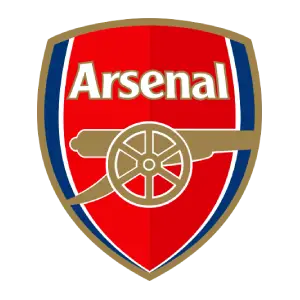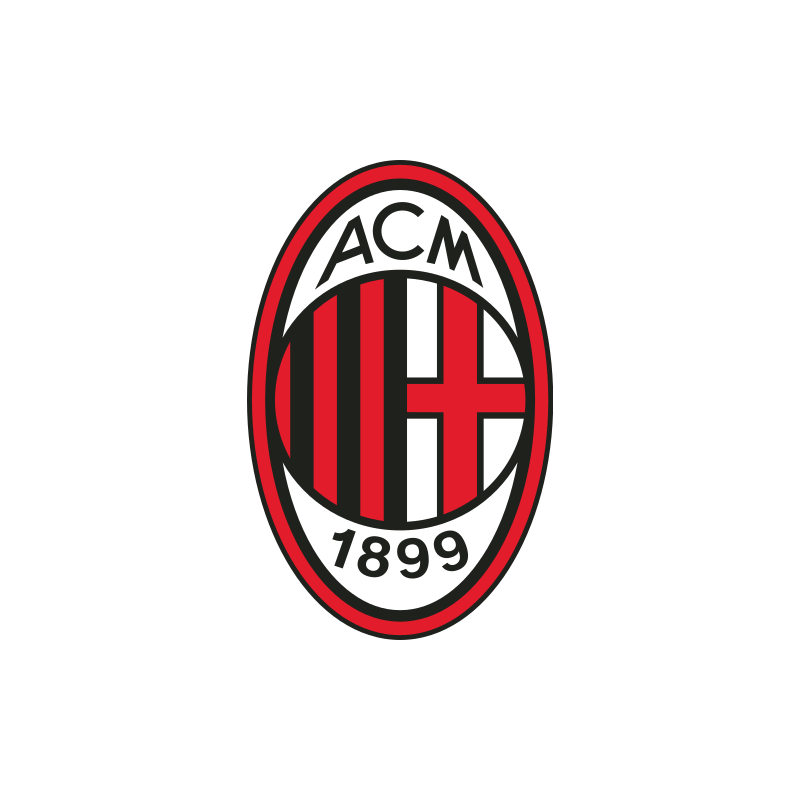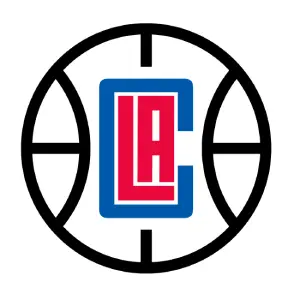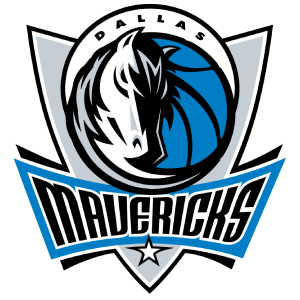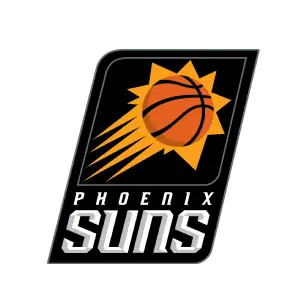
Moneyline betting is the most well-known form of betting. Simply put: this is when you bet on which side will win, straight-up. Unlike the point spread, all the team or player you bet on needs to do is win the game. As such, moneyline betting is simple, but can also be difficult to consistently win.
Moneyline Betting Explained
Understanding how the moneyline works is one thing, but calculating the odds and probabilities based on the numbers is another.
As sports fans know, not all teams are equal. Hence, placing moneyline bets on teams can either be costly or lucrative, depending on the betting odds.
The betting odds are displayed in “American” format, decimal format, or fractional format. The American format is most commonly used in the United States and shows either a minus number for favorites or a positive number for underdogs.
The minus number, such as “-150,” shows how much stake is needed to win $100. In this case, -150 means $150 to win $100 on the favorite.
The positive number displays how much is won when a $100 wager is staked. For instance, “+135” means $135 is returned on a winning wager of $100 for the underdog.
The moneyline odds are computed by an oddsmaker’s algorithm: the higher the probability of a team’s success, the shorter their odds will be, and the lower their probability, the longer their odds. Hence, we call moneyline bets on large underdogs “long shots”.
Moneyline betting odds change depending on the type of “action” it gets. Action is when the public wagers on the line. Whenever a line receives plenty of action, namely from “sharps” (a serious bettor who usually wages large amounts), the line will move, thus shortening the line and making it more costly to bet, moving forward.
Tips When Betting on the Moneyline
Now that we’ve explained the moneyline, there are a few tips to keep in mind before betting on them. You don’t have to take these by heart, but they’re a good starting point.
| Convert the Odds to Win Probability: | Monitor the Betting Lines for Action: | Bet Early for Favorites or Bet Later for Underdogs: |
|---|---|---|
| In essence, the moneyline odds are a translation of the team’s probability of success. You can find online converters or use a formula to convert yourself. Do the odds properly reflect the team’s chance per your analysis? | Action is when a moneyline receives bets and, depending on the type of money a line receives, the sportsbook may adjust the line. When bets are overwhelming on one side and/or when there are sharp wagers on a line, expect it to move. | You might want to take this with a grain of salt, but this is a conventional wisdom bettors believe in. Generally, favorites get bet down, especially when they are large and popular favorites, while underdogs can have their lines go up. But this isn’t always the case, which is why you monitor the lines to see where they’re moving. |
Pros vs Cons
🔷 Pros
🔶 Cons
Moneyline Betting Examples
Let’s look at a recent MLB game as an example of moneyline betting. The Los Angeles Dodgers are hosting the Toronto Blue Jays. The Dodgers are favored to win while the Blue Jays are underdogs. The moneyline opened as follows:
![]() Toronto Blue Jays +150
Toronto Blue Jays +150
![]() Los Angeles Dodgers -190
Los Angeles Dodgers -190
With this line, you will need $190 to win $100 when you wager on the favored Dodgers. However, a $100 bet on the Blue Jays will return $150 as underdogs. After a few hours, the Dodgers received significant action, so the line moved:
Thanks to the line movement, you will now need $215 to win $100 when betting on the Dodgers while a $100 stake on the Blue Jays can return $165.
The game was played, and the Dodgers beat the Blue Jays. Regardless of when you bet the Dodgers, you would have won. However, had you bet them earlier, you may have received a better return, or you would have only needed a smaller stake to win.
Conclusion
Moneyline betting is a fast and simple way to get into sports betting. However, to truly be profitable in it, you will need to consistently find ways to make valuable bets. Learning how to translate odds that have win probabilities is one way to get more familiar with betting while understanding whether to bet either the moneyline or the spread also goes a long way.











